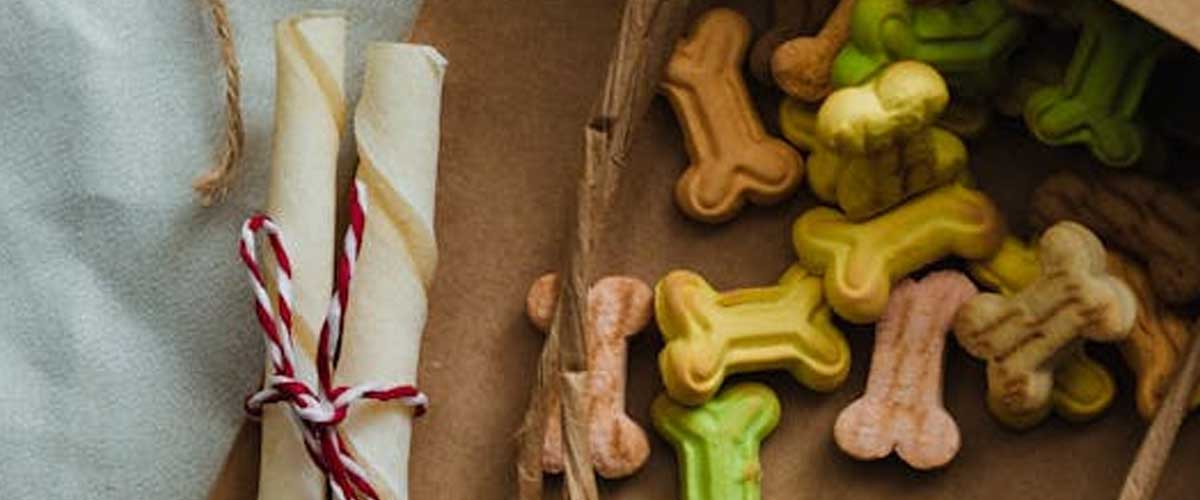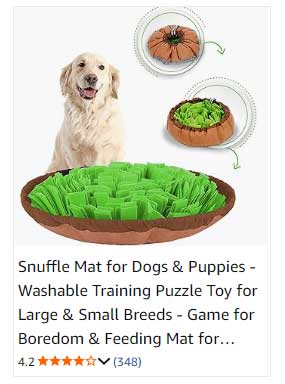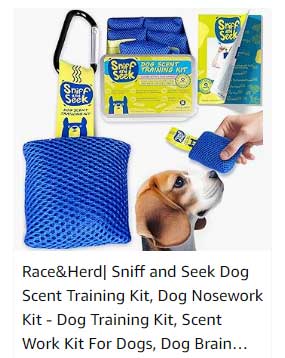When it comes to keeping our furry friends happy and healthy, chew toys often play a crucial role.
Among the variety of options available, rawhide has been a staple in many households.
However, pet owners often wonder: Is rawhide any good for your dog?
Let’s explore the benefits and potential risks associated with rawhide chews.
What is Rawhide?
Rawhide is made from the inner layer of animal hides, typically sourced from cows.
It’s processed, cut into shapes, and often flavored to make it more appealing to dogs.
Rawhide chews have been used for centuries as a way to satisfy a dog’s natural instinct to chew and can provide both mental stimulation and dental benefits.
Benefits of Rawhide for Dogs
1. Dental Health:
Chewing on rawhide can help reduce plaque and tartar buildup on your dog’s teeth.
The abrasive texture may help keep your dog’s teeth cleaner and promote overall oral hygiene.
2. Mental Stimulation:
Chewing is a natural behavior for dogs.
Providing rawhide gives them an outlet to satisfy their chewing instincts, keeping them mentally stimulated and potentially alleviating boredom.
3. Longevity:
Rawhide chews can keep dogs occupied for a while, making them a longer-lasting option compared to other types of treats.
4. Flavor Variety:
Many rawhide products are flavored, appealing to a dog’s taste buds and encouraging them to chew.
Risks Associated with Rawhide
1. Digestive Issues:
Not all rawhide is easily digestible.
Large pieces can pose a choking hazard or lead to intestinal blockages if swallowed whole.
It’s crucial to monitor your dog while they chew and provide appropriately sized pieces.
2. Additives and Ingredients:
Some rawhide chews may contain harmful chemicals or preservatives.
Always choose high-quality products from reputable manufacturers to minimize the risk of exposing your dog to harmful substances.
3. Potential Allergens:
Some dogs may have sensitivities or allergies to the ingredients in rawhide or the flavorings used, leading to digestive upset or other health issues.
4. Bacterial Contamination:
Rawhide can be a breeding ground for bacteria if not handled properly.
It’s vital to store and manage rawhide treats appropriately.
Alternatives to Rawhide
If you’re hesitant about giving your dog rawhide, consider these alternatives:
Dental Chews:
Specifically designed to promote dental health and reduce plaque.
Natural Chew Options:
Antlers, bully sticks, or sweet potato chews can also satisfy your dog’s chewing instincts and offer different nutritional benefits.
Rubber Chew Toys:
Durable rubber toys can withstand heavy chewing and are often designed for easy cleaning.
Conclusion
Rawhide can offer some benefits for your dog, particularly in promoting dental health and keeping them entertained.
However, it’s essential to be aware of the potential risks and make an informed decision.
Always supervise your dog while they’re chewing and consult your veterinarian if you have any concerns.
As with any treat, moderation and careful selection are key to ensuring your dog remains safe and healthy.












